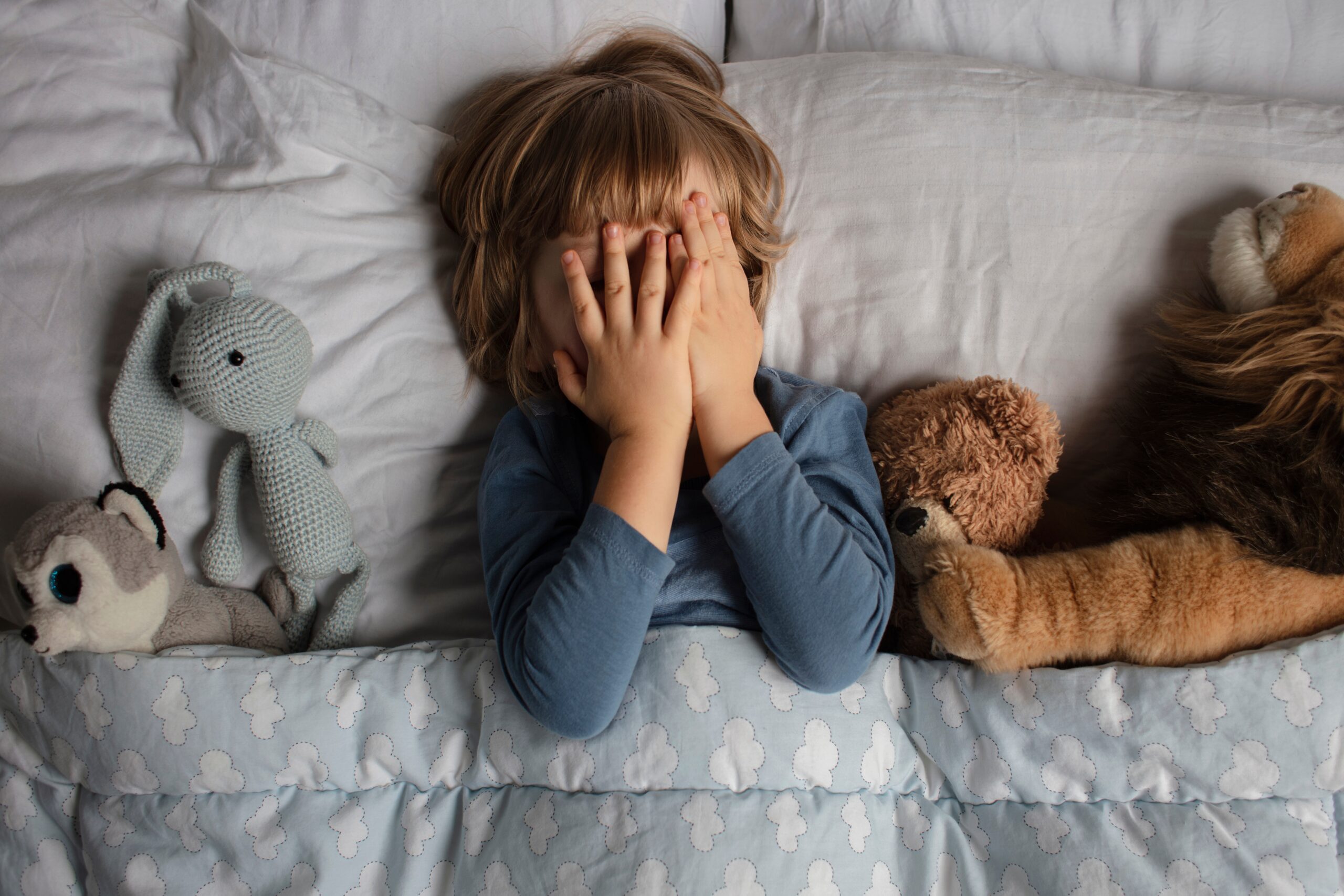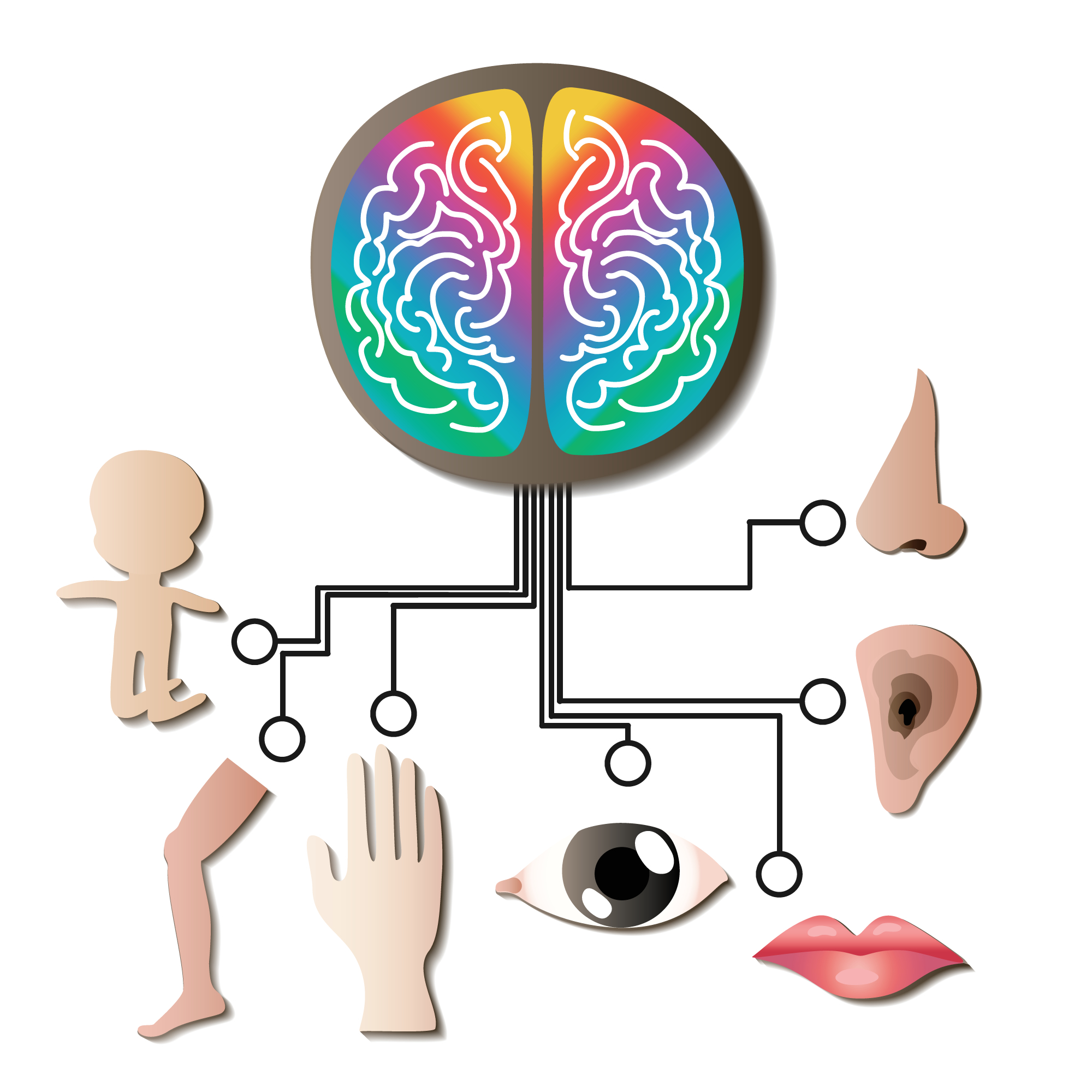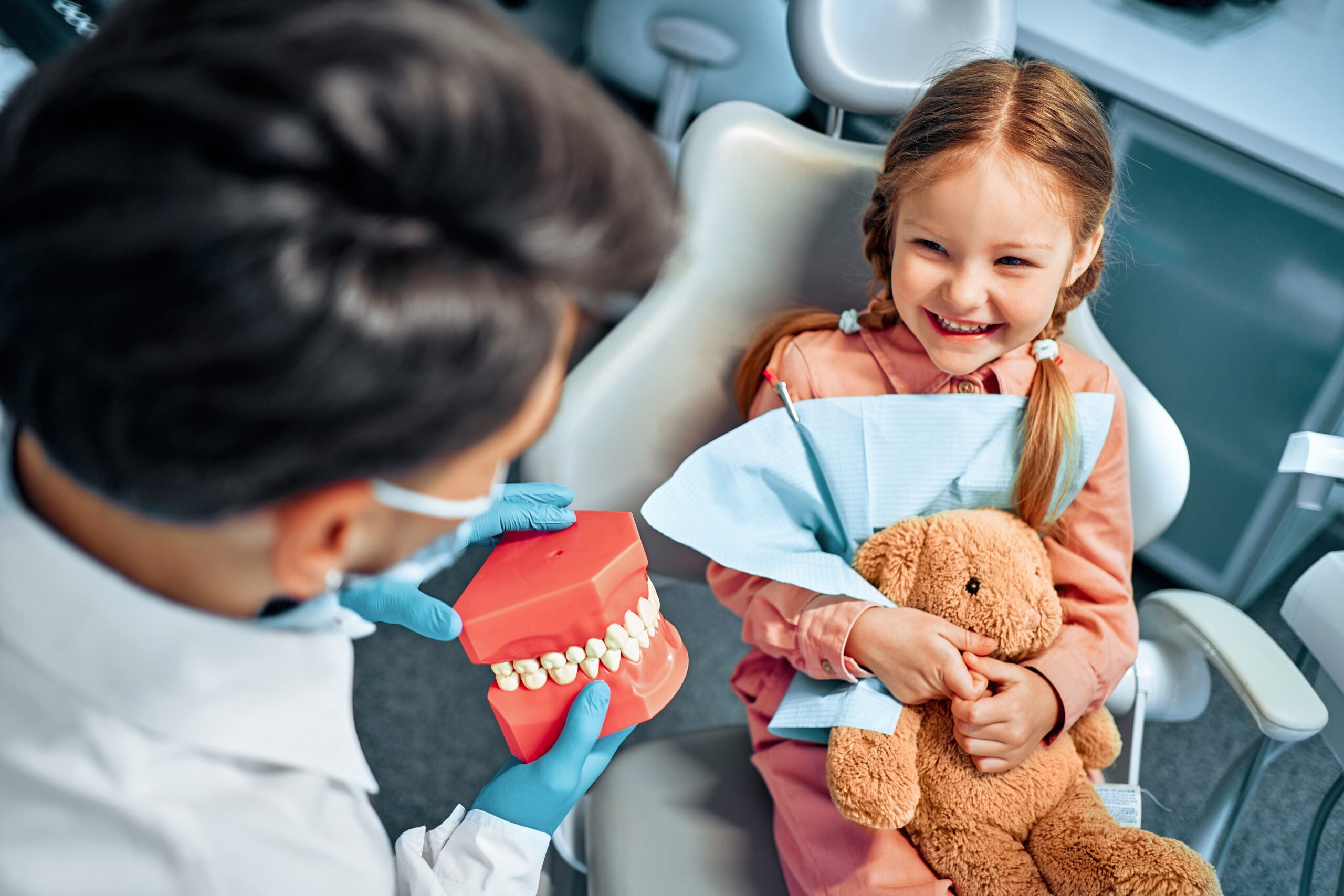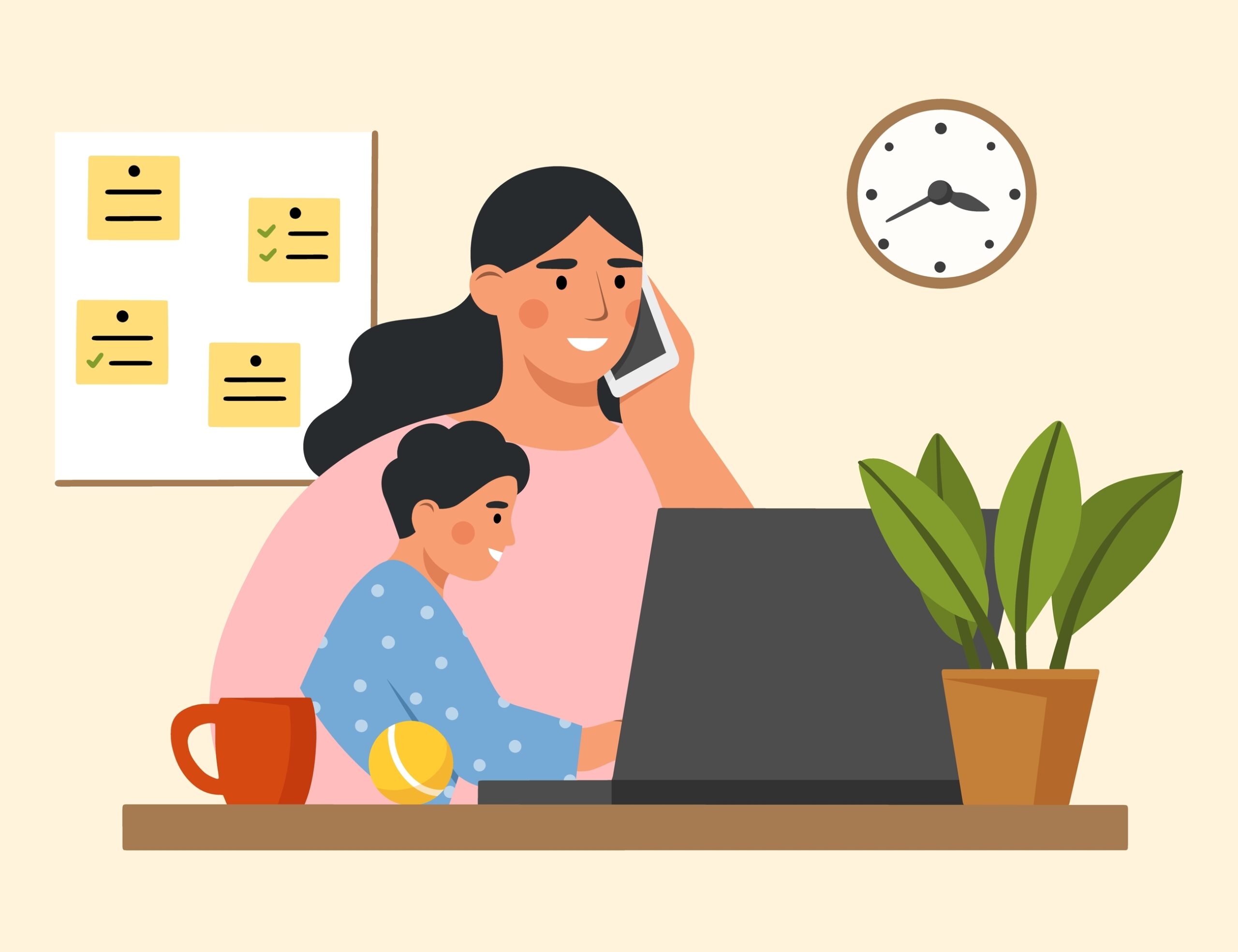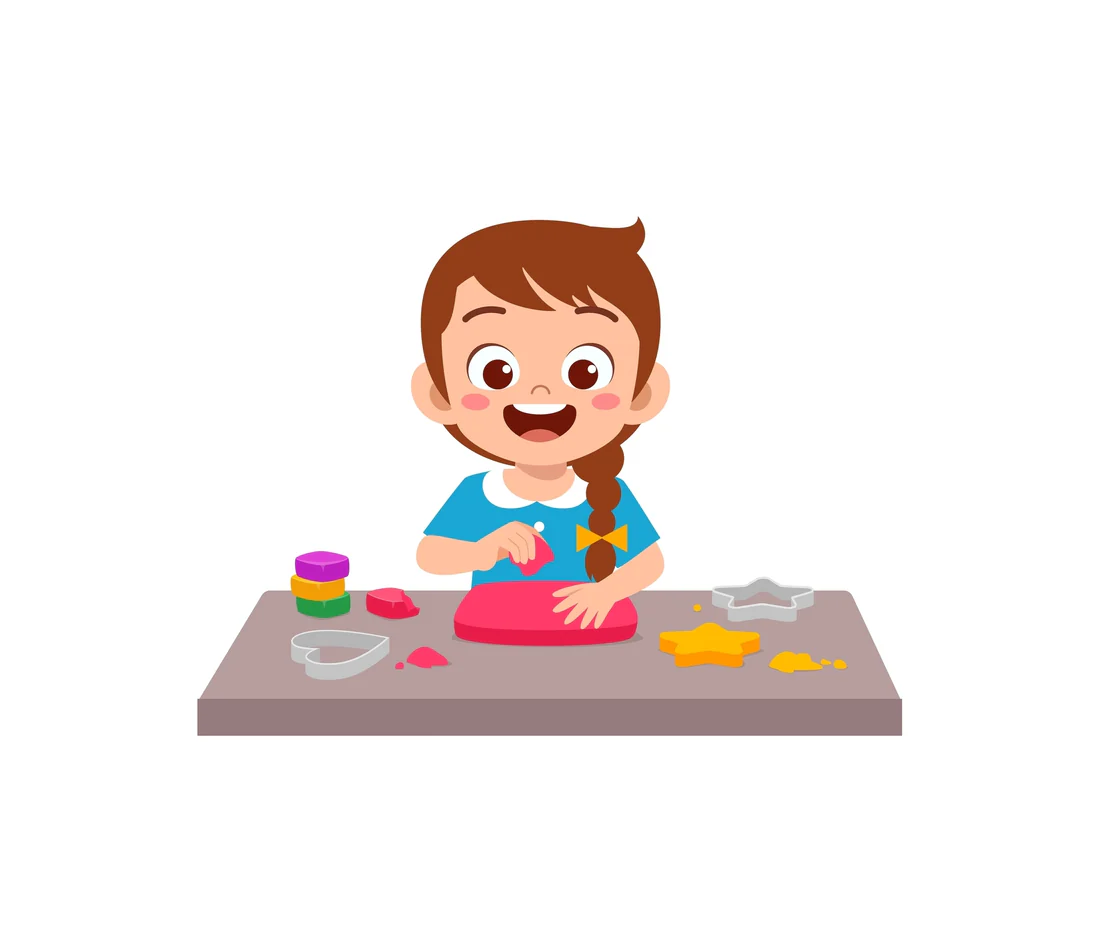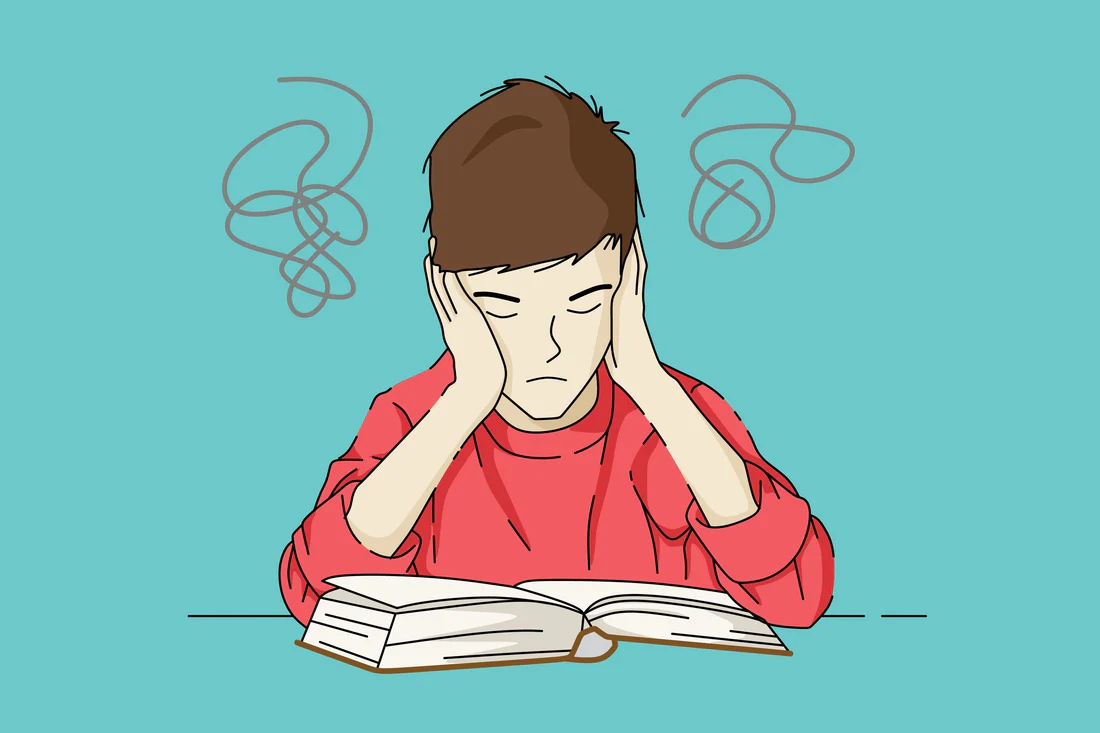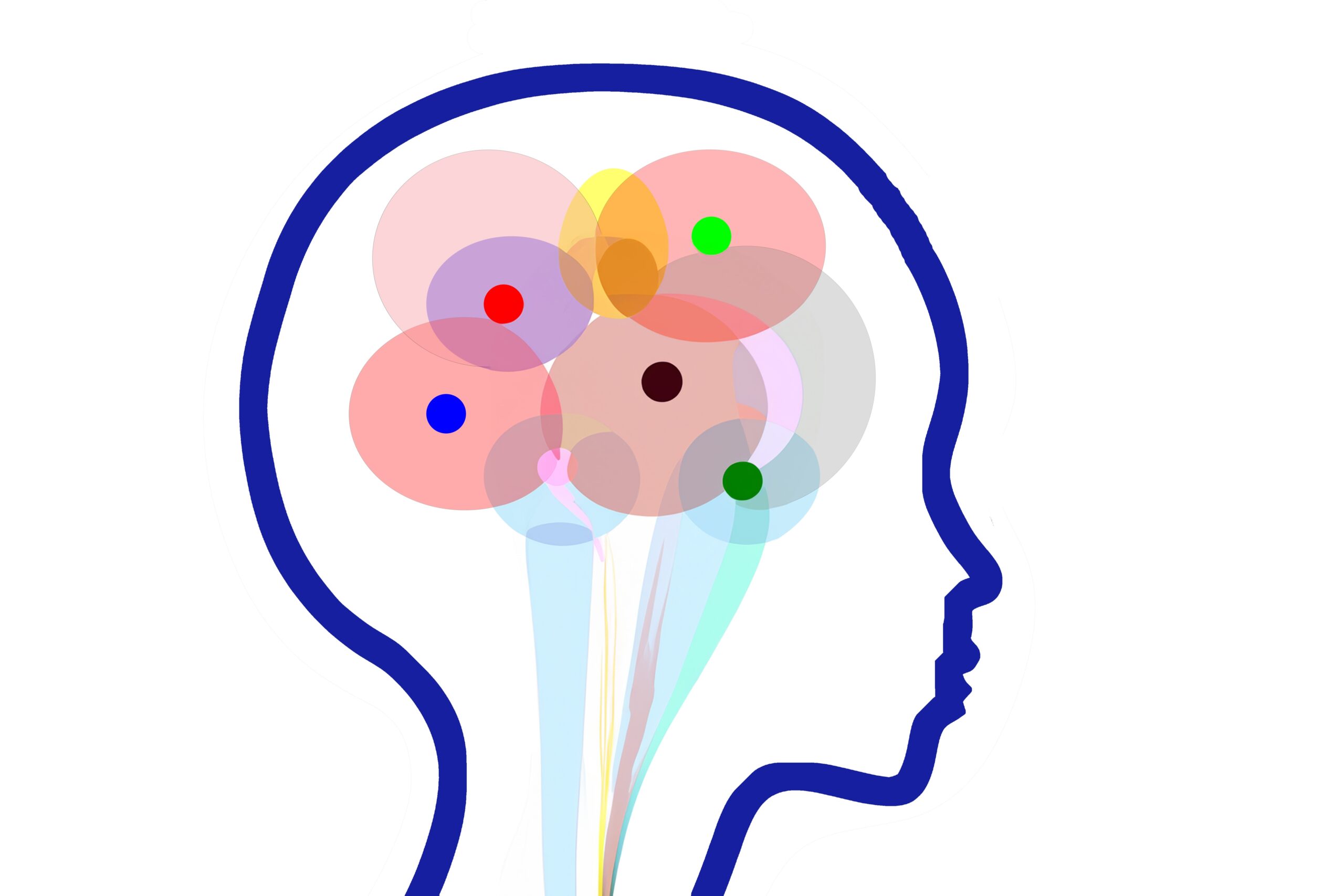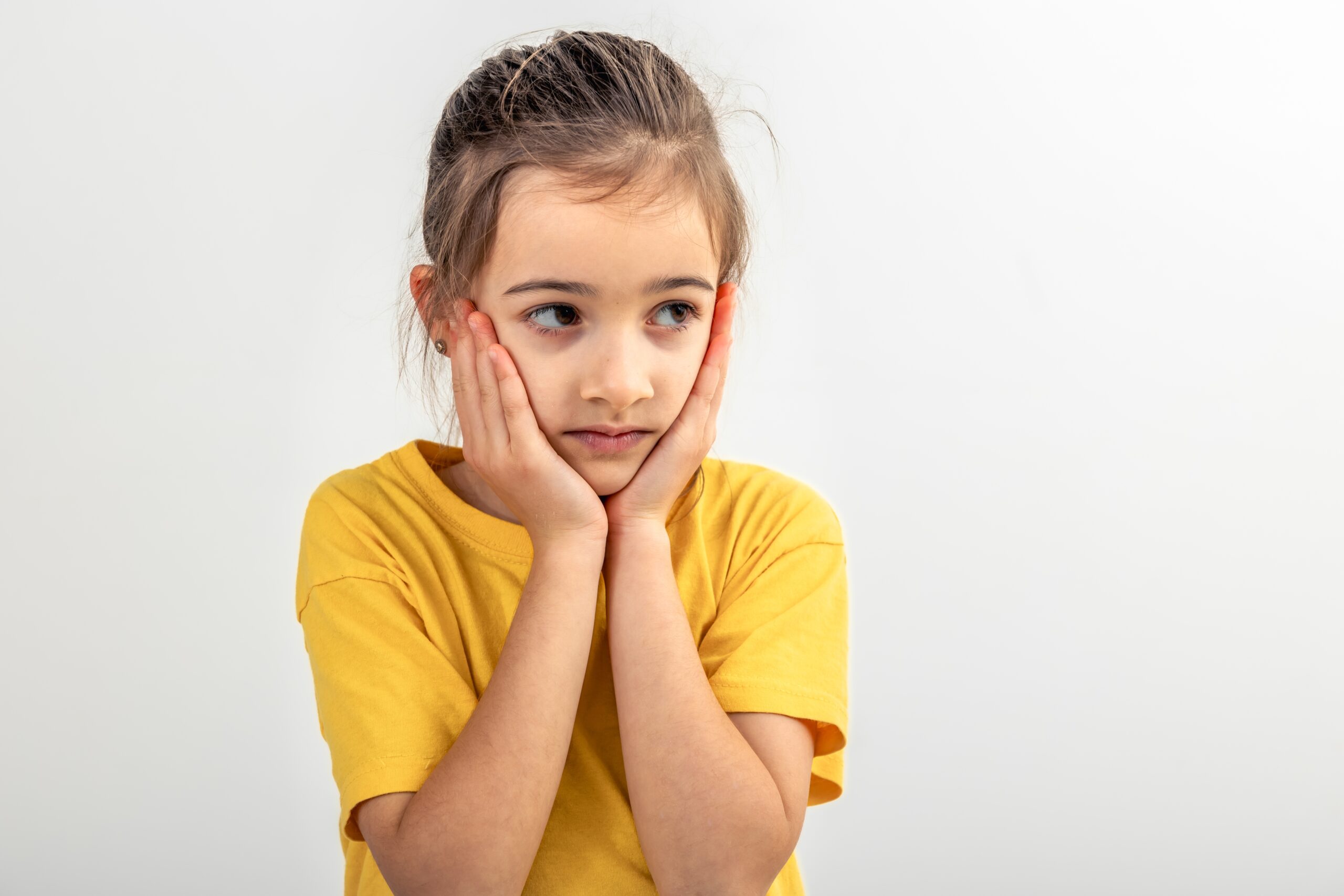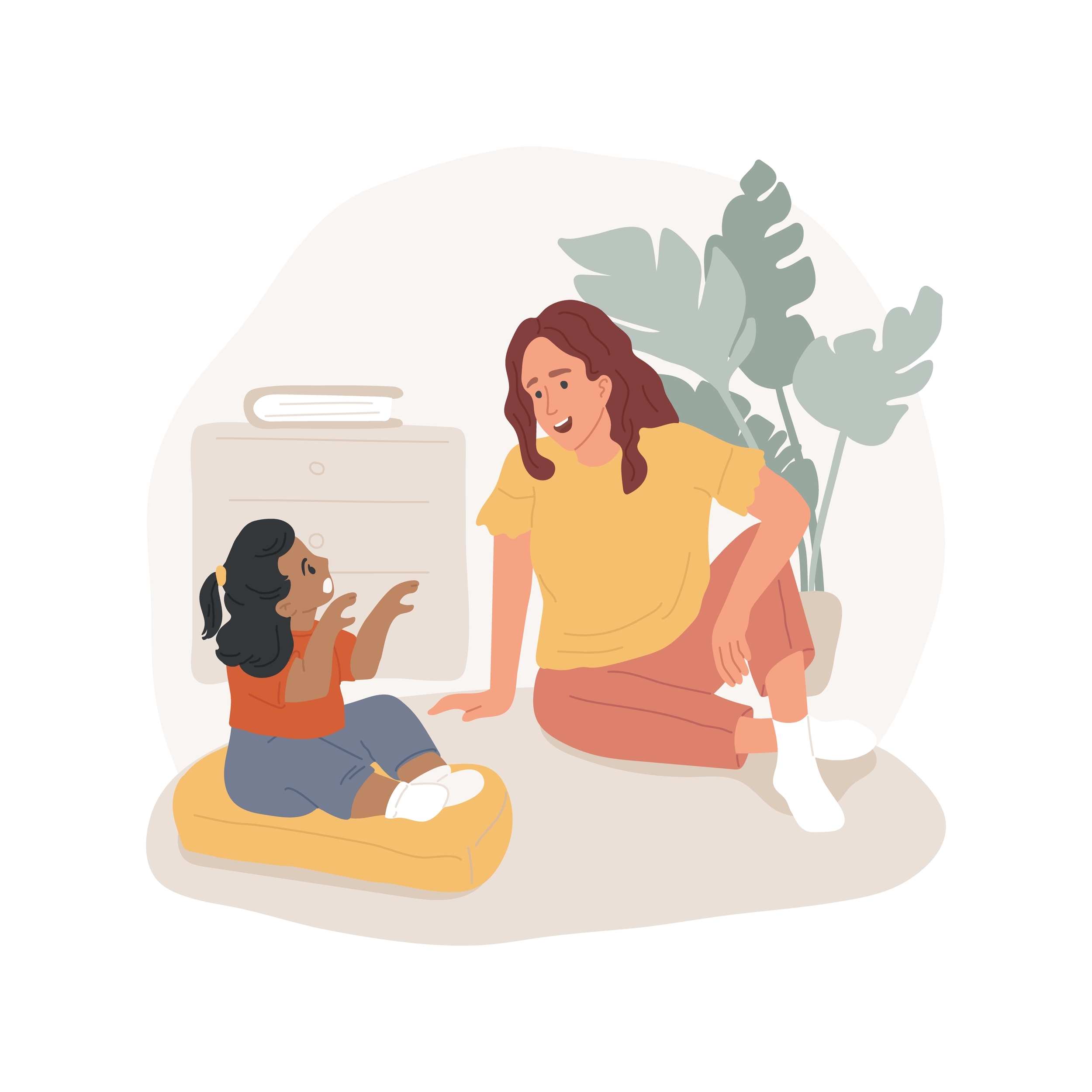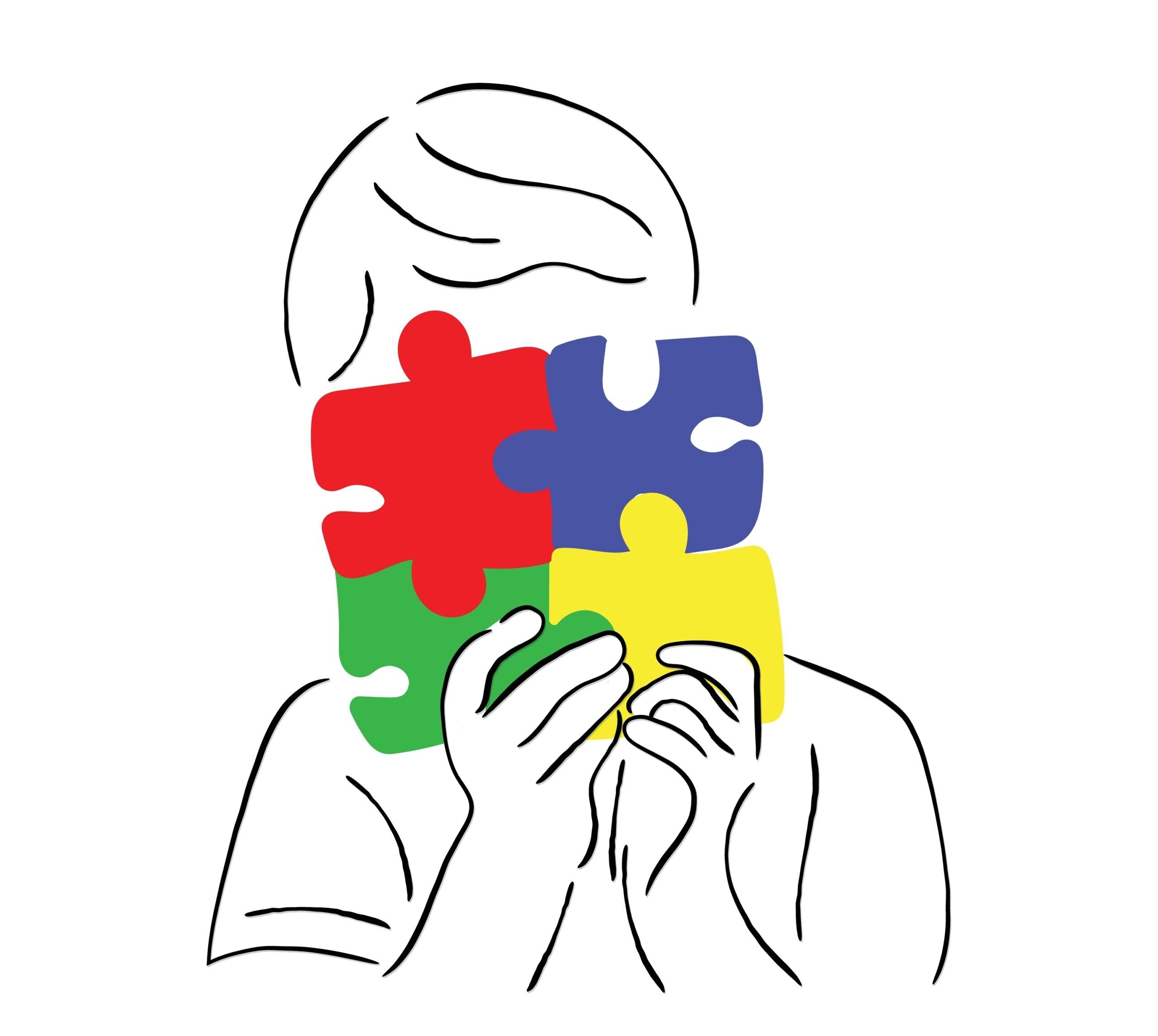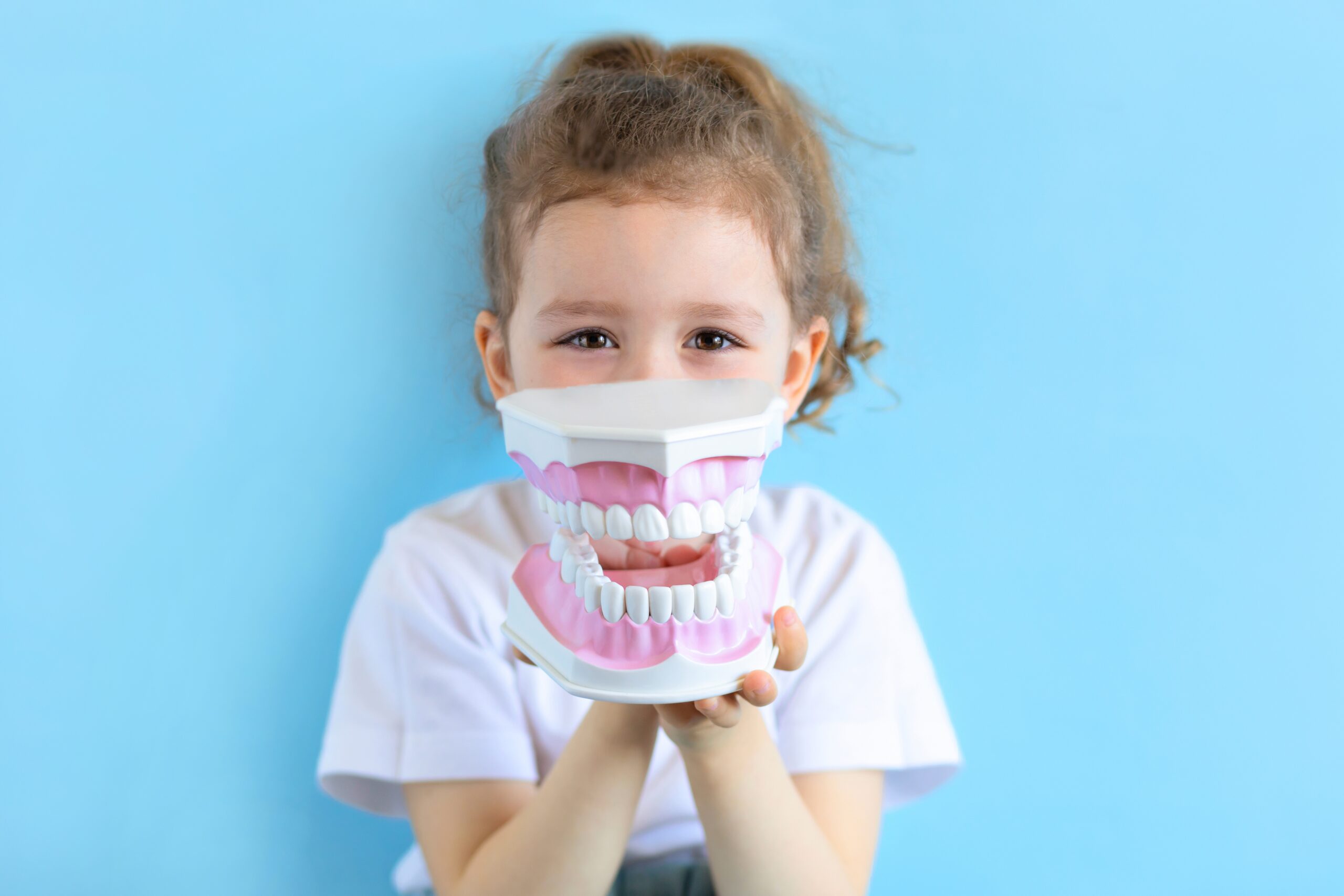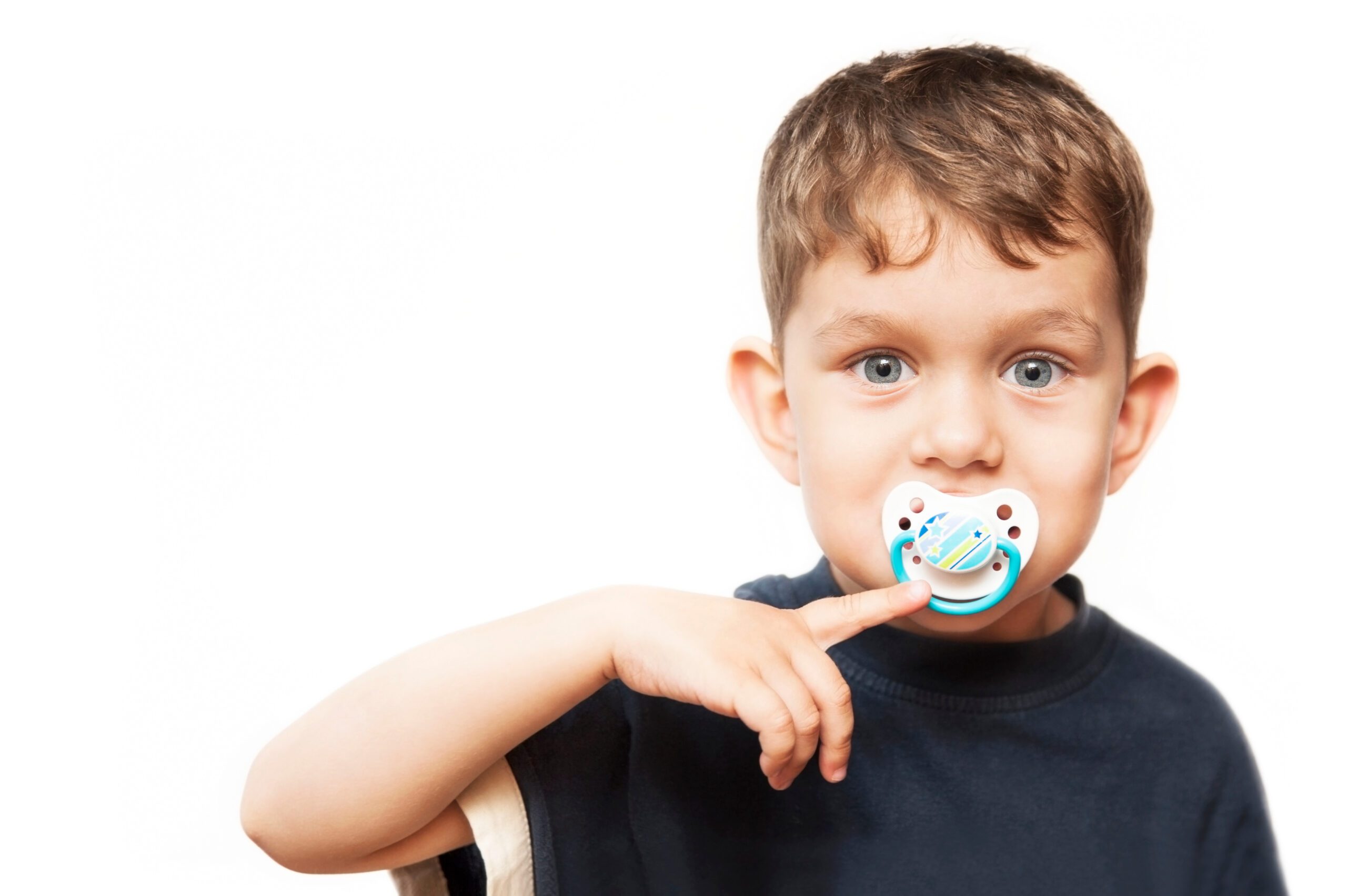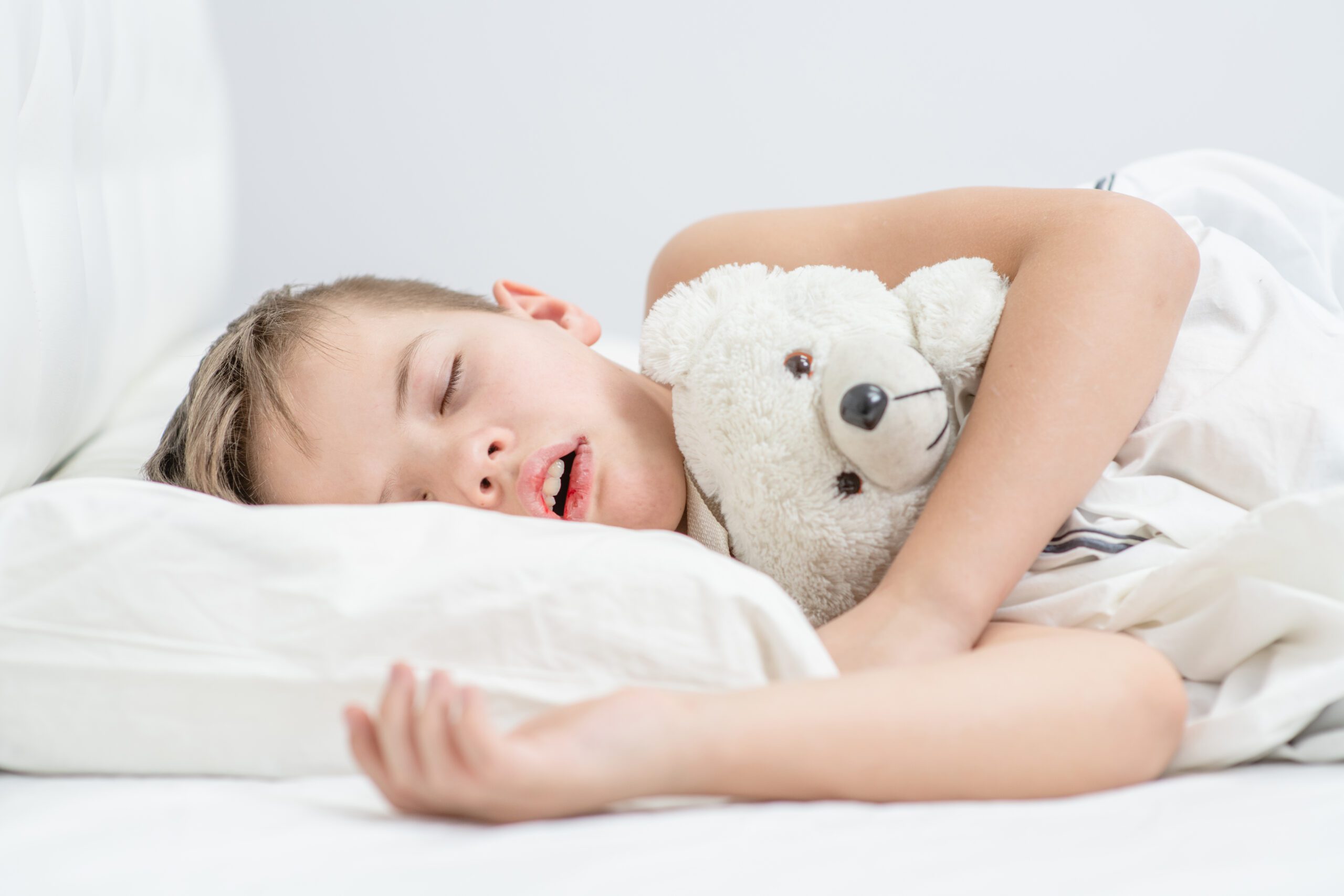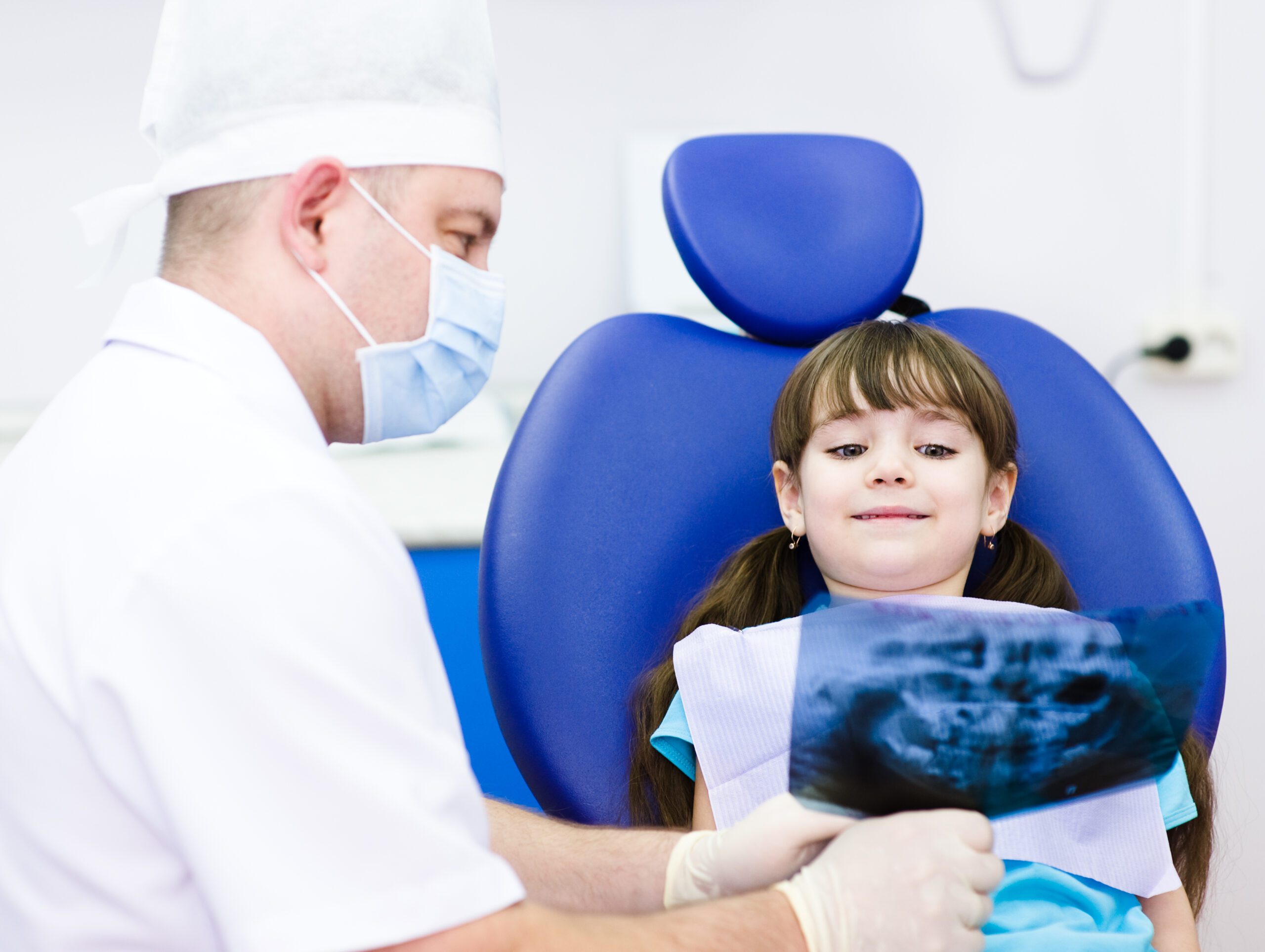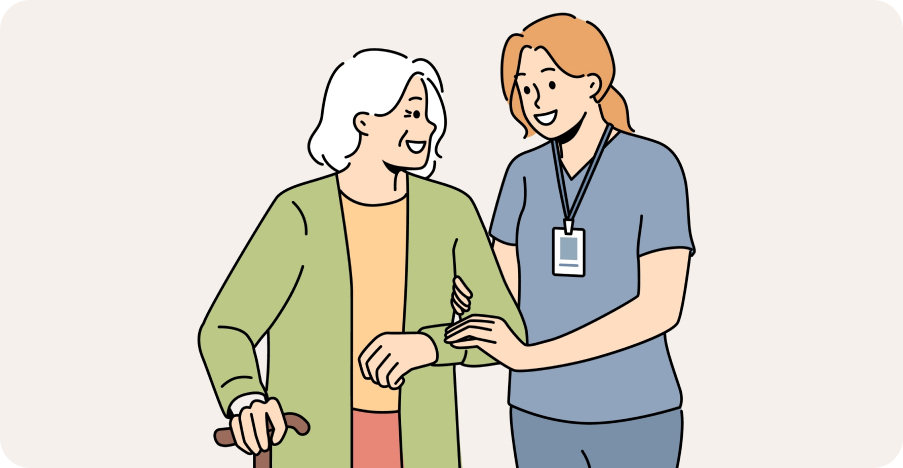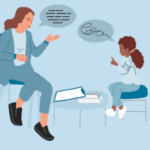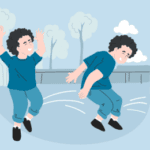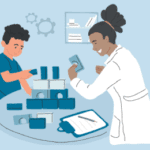
Autism
- Types of Autism Spectrum Disorder: Levels, Traits & Former Diagnoses Explained
- Asperger’s Syndrome: Signs, Diagnosis, and Support for Children, Teens & Adults
- What Is PDD-NOS? Understanding Pervasive Developmental Disorder–Not Otherwise Specified and Its Place on the Autism Spectrum
- Childhood Disintegrative Disorder (CDD): Symptoms, Diagnosis & Treatment Explained
- Rett Syndrome: Symptoms, Diagnosis, and Treatment Guide for Parents and Caregivers
- Nonverbal Autism: Causes, Signs, Communication Strategies & Treatment Options
- Sensory Processing and Autism: Understanding Sensitivities, Overload & Effective Therapies
- Classic Autism (Autistic Disorder): Signs, Diagnosis, and Treatment Before the DSM-5
- Fragile X Syndrome: Causes, Symptoms, Diagnosis, and Autism Link
- Atypical Autism (PDD-NOS): Symptoms, Diagnosis & Support Before DSM-5
- Low Functioning Autism (ASD Level 3): Symptoms, Support Needs, and Communication Challenges
- High-Functioning Autism (ASD Level 1): Symptoms, Traits, and Support Strategies

Neurodevelopmental Disorders & Learning Differences
- Dyslexia in Children: Symptoms, Causes & Best Therapies
- Dysgraphia in Children: Symptoms, Diagnosis & Treatment
- What Is Dyscalculia? Symptoms, Causes & Treatment
- Specific Learning Disorder with Impairment in Reading | Symptoms, Treatment & Therapists Near You
- Nonverbal Learning Disorder (NVLD): Symptoms, Causes & Therapies
- What Is Giftedness in Children? Signs, Support & Therapists
- Language Processing Disorder in Children: Signs, Therapy & Support
- Language Disorders in Children: Signs, Types & Therapy
- Delayed Speech in Children: Causes, Signs, and Therapy Options
- Executive Function Disorder in Children: Signs, Support & Therapy
- Apraxia of Speech in Children: Signs, Diagnosis & Therapy
- Understanding Intellectual Disability in Children: Signs, Support & Therapies
- What Is Twice-Exceptional (2e)? Signs, Challenges & Support for Gifted Children with Disabilities
- Global Developmental Delay (GDD)
Atypical Autism (PDD-NOS): Symptoms, Diagnosis & Support Before DSM-5

Authored by: The DrSensory Editorial Team
Reviewed by: 🛡️ DrSensory Clinical Review Board
Last updated: June 2025
What is Atypical Autism and how was it diagnosed before the DSM-5?
Atypical Autism was a diagnostic term used in the DSM-IV and ICD-10 to describe individuals who displayed some—but not all—of the typical features of autism. Also called Pervasive Developmental Disorder – Not Otherwise Specified (PDD-NOS), this diagnosis was used when autism-like symptoms were present but didn’t fully meet the criteria for Classic Autism or Asperger’s Syndrome.
Atypical Autism typically involved:
- Delayed or unusual social and communication skills
- Repetitive behaviors or restricted interests
- Milder or later-onset symptoms
Since 2013, the DSM-5 has replaced Atypical Autism with a broader Autism Spectrum Disorder (ASD) diagnosis that includes all prior subtypes.
What are the symptoms of Atypical Autism (PDD-NOS)?
Symptoms of Atypical Autism vary widely but may include:
- Difficulty with social interaction (e.g., trouble understanding social cues)
- Speech or language delays, but not as severe as in classic autism
- Repetitive behaviors, routines, or focused interests
- Milder sensory sensitivities or emotional dysregulation
- Symptoms that appear later than age 3
Because symptoms were often less intense or inconsistent with strict autism criteria, children diagnosed with PDD-NOS were sometimes described as having “subthreshold” autism or “mild autism.”
How is Atypical Autism different from Classic Autism or Asperger’s Syndrome?
Atypical Autism sits between Classic Autism and Asperger’s on the former diagnostic spectrum. Unlike Classic Autism, individuals with Atypical Autism often had:
- Later onset of symptoms
- Less severe communication delays
- Variable presentation of social or behavioral challenges
Compared to Asperger’s, Atypical Autism typically involved:
- More noticeable speech or developmental delays
- Greater difficulty in adaptive functioning
- Broader variance in severity and behavior
In today’s terms, people once diagnosed with Atypical Autism would likely fall under ASD Level 1 or 2, depending on their support needs.
How is Atypical Autism treated and supported today?
While Atypical Autism is no longer an official diagnosis, individuals with these traits receive the same evidence-based support used for Autism Spectrum Disorder (ASD) today. Treatment plans often include:
- Speech and language therapy for communication skills
- Occupational therapy to improve sensory processing and motor skills
- Behavioral therapy, such as Applied Behavior Analysis (ABA)
- Social skills training to aid interaction and emotional regulation
- Individualized Education Plans (IEPs) in schools
Early diagnosis and personalized therapy are key to helping individuals build independence and thrive socially and academically.
This page provides general educational content and is not a substitute for professional medical advice. Always consult a licensed provider for diagnosis and treatment.
View privacy policy, copyright and trust info
More on Autism

- Types of Autism Spectrum Disorder: Levels, Traits & Former Diagnoses Explained
- Asperger’s Syndrome: Signs, Diagnosis, and Support for Children, Teens & Adults
- What Is PDD-NOS? Understanding Pervasive Developmental Disorder–Not Otherwise Specified and Its Place on the Autism Spectrum
- Childhood Disintegrative Disorder (CDD): Symptoms, Diagnosis & Treatment Explained
- Rett Syndrome: Symptoms, Diagnosis, and Treatment Guide for Parents and Caregivers
- Nonverbal Autism: Causes, Signs, Communication Strategies & Treatment Options
- Sensory Processing and Autism: Understanding Sensitivities, Overload & Effective Therapies
- Classic Autism (Autistic Disorder): Signs, Diagnosis, and Treatment Before the DSM-5
- Fragile X Syndrome: Causes, Symptoms, Diagnosis, and Autism Link
- Atypical Autism (PDD-NOS): Symptoms, Diagnosis & Support Before DSM-5
- Low Functioning Autism (ASD Level 3): Symptoms, Support Needs, and Communication Challenges
- High-Functioning Autism (ASD Level 1): Symptoms, Traits, and Support Strategies
Find a Therapist near you
Are you looking for a physical, occupational, or speech therapist in your area?
Look no further than the DrSensory Therapist Database and Clinic Directory!
Find a Therapist
Find the physical therapist, occupational therapist, or speech language pathologist you’re looking for!
Ask Us Anything
Whether you are looking for advice, have a general question about sensory processing, or looking for resources.
Submit Your Story
Share your story about your child. Let’s celebrate milestones and learn more about challenges.



































